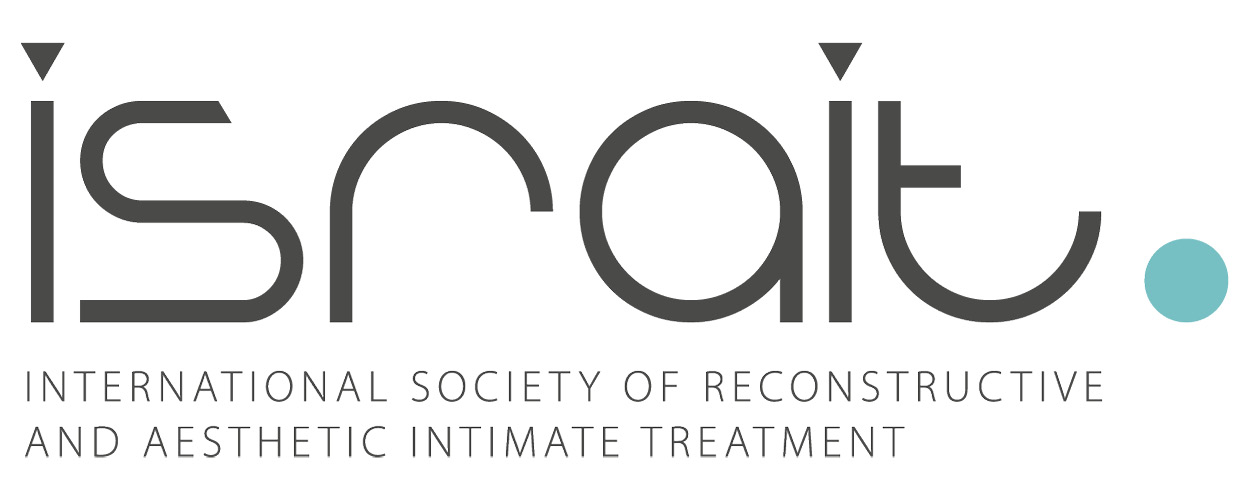Objectives: Aim of these procedures are treatment of vaginal laxity, mild urinary leakage and sexual orgasmic disorders especially due to vaginal deliveries and/or aging process. We performed two different procedures for these aims; Intravaginal thread applications (VTT-L, VTT-C, PuTL) and filler injection to the posterior wall of vagina, over the perineal body ( I-TONGUE).
Introduction: Most of the problems after childbirth are related with vaginal laxity and pelvic floor relaxation. Sexual deficiency and SUI are caused by these clinical entities. There are studies in literature about treating sexual deficiencies and SUI, but most of them were related with surgery. Although the surgery can have disadvantages and some complications, surgical treatments are still common preferable.
Materials / method: İntroital Tongue is an injection technique for patients who have sexual deficiency due to high orgasmic threshold. 21mg/gr cross-linked HA + Mannitol was injected into vaginal mucosa, over the perineal body. Thread applications are based on insertion of COGs into vaginal mucosa longitudinaly VTT-L or circularly VTT-C. PUTL is a semi-circular application for SUI. COGs are 0-1 USP, 7 or 43cm length, bidirectional barbed, moulding PDO. We evaluated the patients with FSFI, Oxford Scale, 5 Points Likert Scale and Micturation Diary.
Results: We found acceptable results in all the questionnaries we used. We got increasing rates in FSFI especially in orgasmic subscoring (Mean : %50 (18 point) for VTT-C, %36 (13 point) for VTT-L, %47 (17 point) for INTROITAL TONGUE) Most of the patients declerated the results as good or very good in 5 Points Likert Scales and Oxford Scales are found 1 or 2 steps higher than before in the group who has the complaint of sexual deficiency mostly due to high orgasmic threshold. Patients who have mild SUI reported %70 of improvement for amount and period of leakage in their micturation diaries.
Conclusion: Although we don’t have enough number of patients and long term follow-ups, all questionnaries showed us that we can get acceptable results with the proper indications. However, we need wide study series and long term follow-ups to excatly say that they are working. But we believe that these kind of minimal invasive procedures will become more suitable and common-used in truely choosen patients.
Divulgação de informações
Você recebeu algum patrocínio para sua pesquisa neste tema?
Não
Você recebeu algum tipo de honorário, pagamento ou outra forma de compensação por seu trabalho neste estudo?
Não
Você possui relação financeira com alguma entidade que possa competir com os medicamentos, materiais ou instrumentos abordados no seu estudo?
Não
Você detém ou pediu a registro de patente para algum dos instrumentos, medicamentos ou materiais abordados no seu estudo?
Não
Este trabalho não recebeu nenhum patrocínio direto ou indireto. O mesmo está sob a própria responsabilidade do seu autor.

















